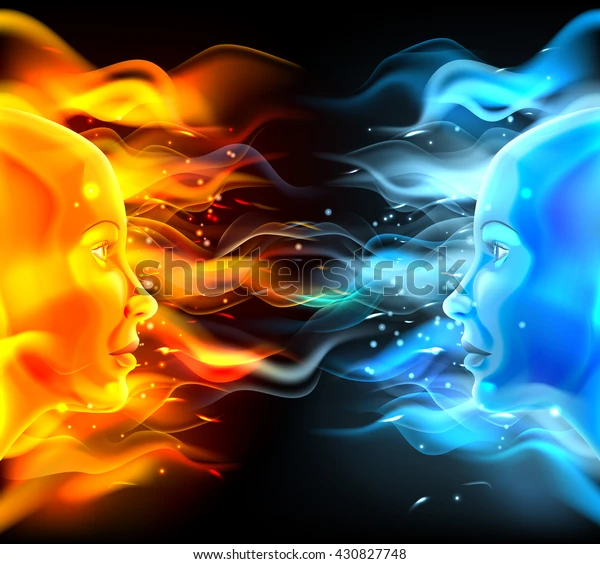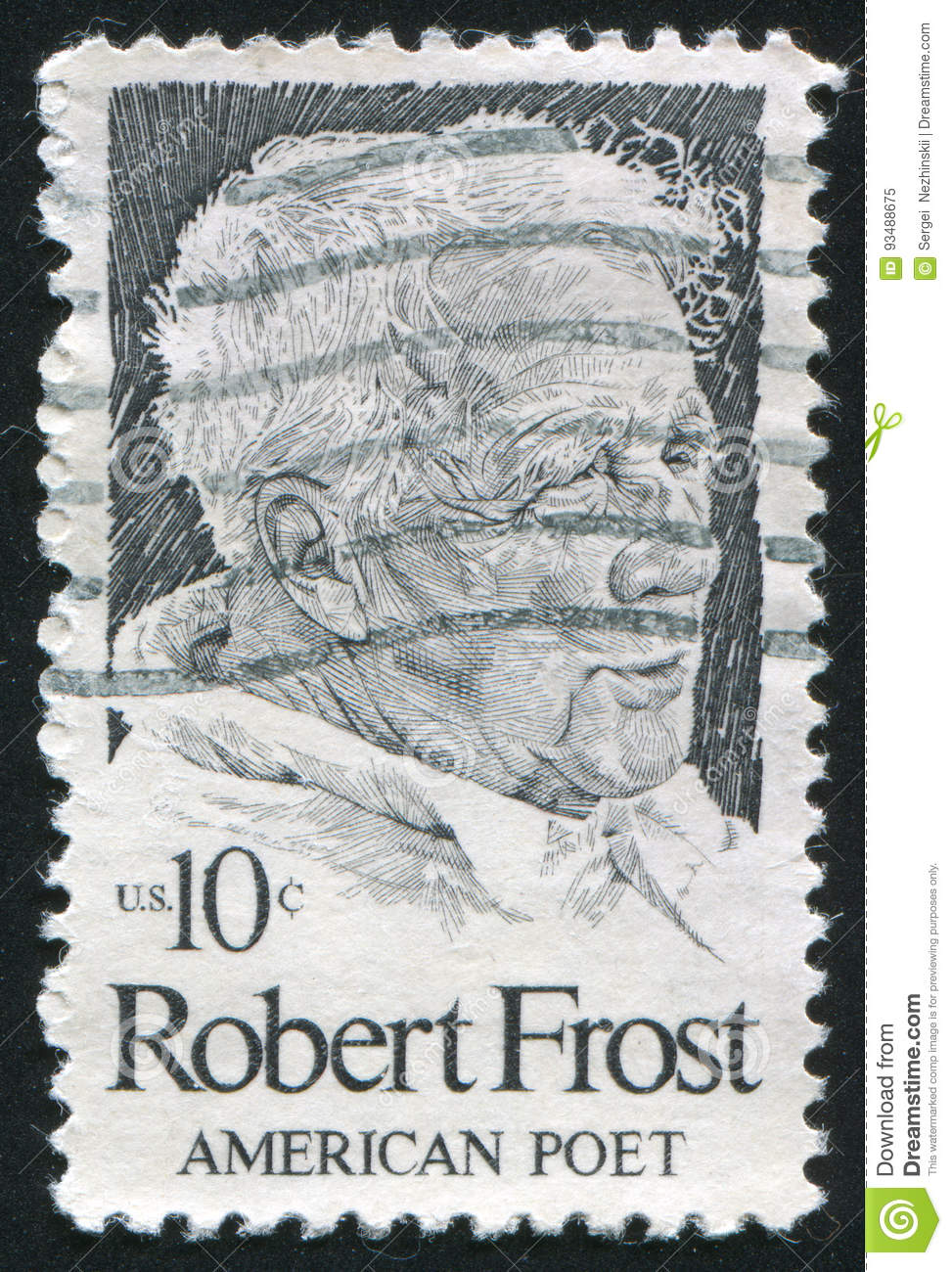Introduction
The renowned poem “Fire and Ice,” written by American poet Robert Lee Frost, depicts human passion. The poet equates the destructive forces of fire and ice, suggesting that these two elements may be responsible for the end of the planet on occasion. The poem is relatively straightforward, but its meaning runs deep.
The poet’s skill makes the reader question the poem’s more profound meaning. The poet suggests that desire and hate, represented by fire and ice, may one day lead to the world’s end. Despite initial satisfaction, the yearning for more is ingrained in the human condition. And the same holds for hatred. The poet employs a symbolic reading of these two elements to demonstrate how specific actions can bring about the world’s end.
Summary of the poem
Robert Frost’s “Fire and Ice” is a timely poem with profound relevance in today’s society. The poem opens belligerently as if the world’s end will come about due to fire or ice.

Fire and ice
In this metaphor, fire represents desire and is seen as the first possible path to destruction. The speaker knows that desire can cause a lot of damage, so they warn against it indirectly. So, humanity might destroy the planet out of sheer enthusiasm, fury, violence, avarice, and bloodlust.
This passage from the poem, “But if it had to perish twice,” gives us an unambiguous impression that the devastation might occur twice. The poet chooses ice as his instrument of self-destruction this time.
In the same way, fire can travel quickly through a community, and so can hate, which is a frigid emotion. Ice represents the cold, complex, and unyielding side of human nature.
The end of the world can be brought about by the self-destruction of humanity when either of these extreme emotions, fire or ice, is allowed to take over.
We learn from the poem that we need to reign in our feelings. When people are consumed by their desires and hatred, they are unable to consider the feelings of others.
For a peaceful and joyful world, it is the responsibility of every person to master their feelings and avoid using them as harmful tools. This factor can make living difficult and contribute to the global disorder we see today.
About the poet
Robert Lee Frost was an American poet who wrote about regular people in ordinary situations.
Some of Robert Frost’s most well-known works include: “The Gift Outright,” “Stopping by Woods on a Snowy Evening,” “Birches,” “Mending Wall,” “The Road Not Taken,” and “Nothing Gold Can Stay.”

Robert Frost
Conclusion
The poem “Fire and Ice” by Robert Frost speaks to our current global climate. The poet claims that the downfall of the planet may be attributed to two emotions: want and hate. The poem likens these two extremes of human feeling to fire and ice, each of which can be used destructively if not managed.
Thinking About the Poem – Textbook Question Answer
1. Several scenarios for the “end of the world” have been proposed. When do you anticipate the end of the world to place, if at all? Have you ever imagine what would happen if the sun either grew so cold that it froze solid or so hot that it exploded?
Ans:I think it will fade out at some point. No one can predict how or when that day will come. To be honest, I have given it some consideration. A blazing sun will have worldwide repercussions and might even trigger global warming. In the event that the temperature fell, all life would perish. But if the sun ever got hot or cooled down, the earth would be in shambles.
2. For Frost, what do “fire” and “ice” stand for ? Here are some ideas: Greed, avarice, cruelty, list, conflict, fury, intolerance, rigidity, insensitivity, coldness, indifference, hatred.
Ans: Frost equates them to very distinct concepts. Here are several examples: As a metaphor, fire represents greed, ardour, hostility, and fury. A representation of anger, hardness, intolerance, rigidity, and insensitivity, “ice” can take in many forms.
3. What is the rhyme scheme of the poem ? How does it help in bringing out the contrasting ideas in the poem ?
Ans: The rhyme scheme of the poem is : a, b, aa ; b, c, b, c, b.
By dividing them, it aids in highlighting the opposing ideas. “Fire and Ice” are represented by various notions. In both stanzas, they are given a different rhyme system.
Fire and Ice Class 10 Extra Questions
1. How does the speaker use figurative language to emphasize their point?
Ans: To put it simply, figurative language is a mode of expression that avoids the literal interpretation of words. Figurative language, most often found in the use of parallels and exaggerations, is employed to add artistic flair to a piece of writing or speech, or to simplify a complex concept.
2. What is the significance of the title “Fire and Ice”?
Ans: Fire in this poem represents desire, while ice represents hatred. There is indeed a belief in the Bible that the world will end in fire, but there is also a belief, written by scientists, that the world will end in ice, due to hate.
3. “I’ve experienced desire/I hold with those who favor fire”, the poet writes. Why does he say that?
Ans: The poet is aware of the fervour of desires and passions in love. He is well aware that our unbridled passions, rage, and desires eventually lead to our demise. He also agrees with others who think that the real reason for the end of the world is “fire,” which is a metaphor for unrestrained passions and wants.